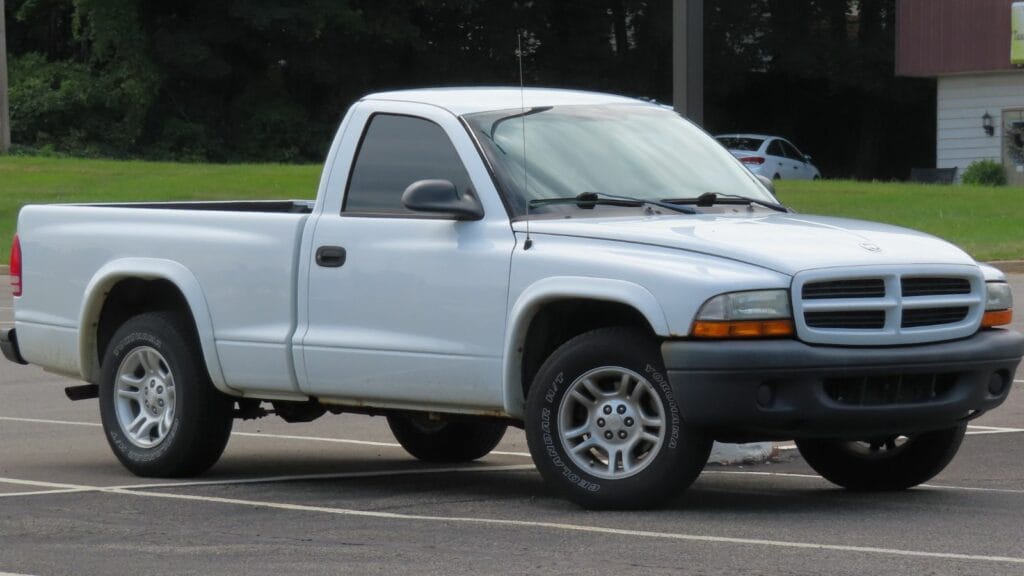In Canada, trucks are a part of everyday life. Whether it’s hauling lumber to a jobsite, towing a snowmobile trailer up north, or just getting through icy winter mornings, a truck often makes or breaks your day. The problem is that not all trucks are created equal. Some age gracefully, with odometers that roll past half a million kilometers, while others start giving up the ghost well before they should. For Canadians, where winter salt, extreme cold, and long stretches of highway punish vehicles like nowhere else, knowing which trucks will last and which will crumble is essential. Here are ten trucks that tend to let their owners down, followed by ten that have proven themselves legends of longevity.
Trucks That Fall Apart: Dodge Ram 1500 (2002–2008)
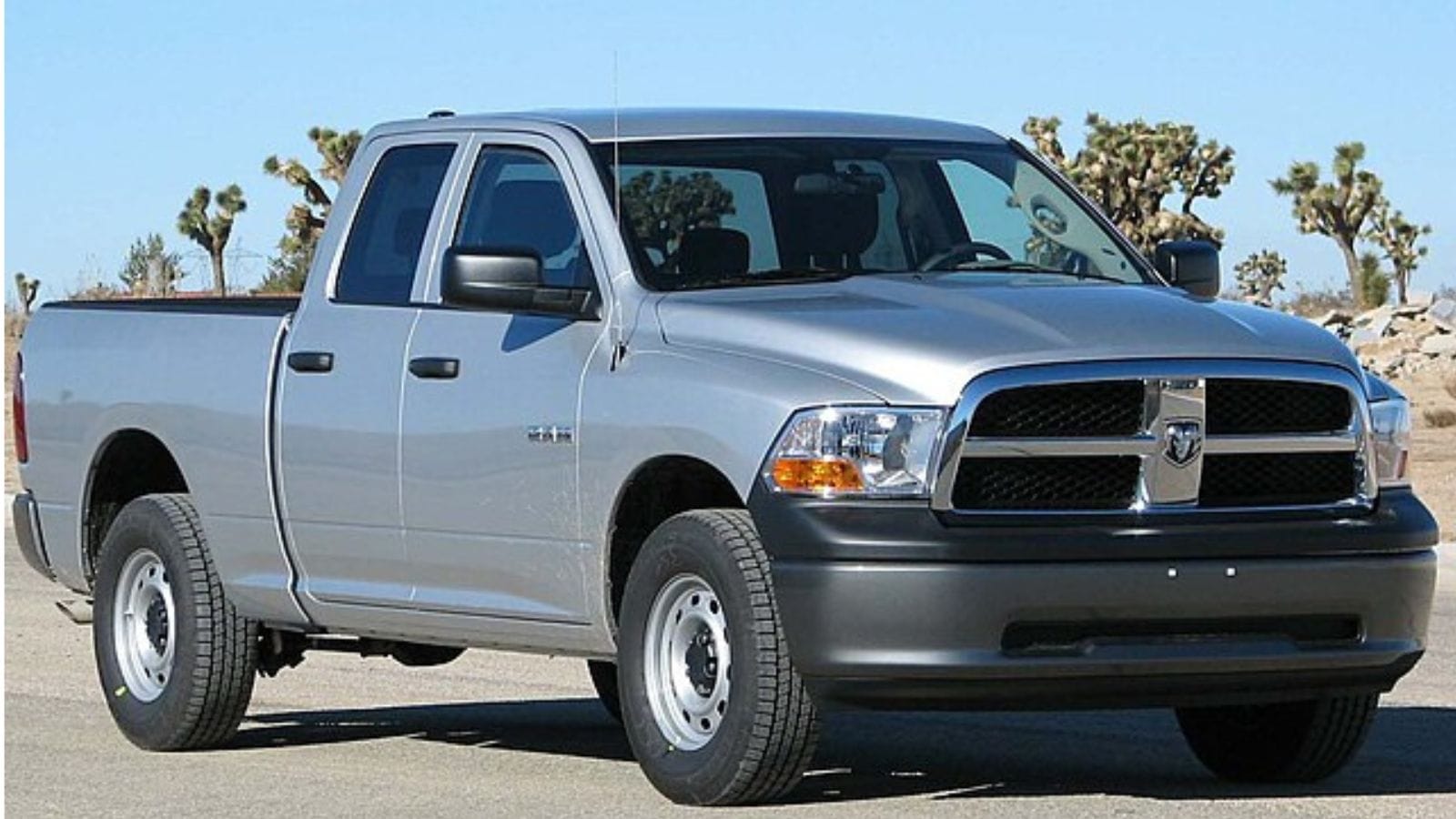
The early 2000s Dodge Ram 1500 is infamous for corrosion and drivetrain issues. Owners across Canada often complain of frames dissolving in salty climates and transmissions giving up before 200,000 kilometers. The interiors were also cheaply built, meaning rattles and broken plastics came quickly. They looked good and sold well, but too many Canadians ended up regretting them once repair bills piled up.
Ford Explorer Sport Trac (2001–2005)
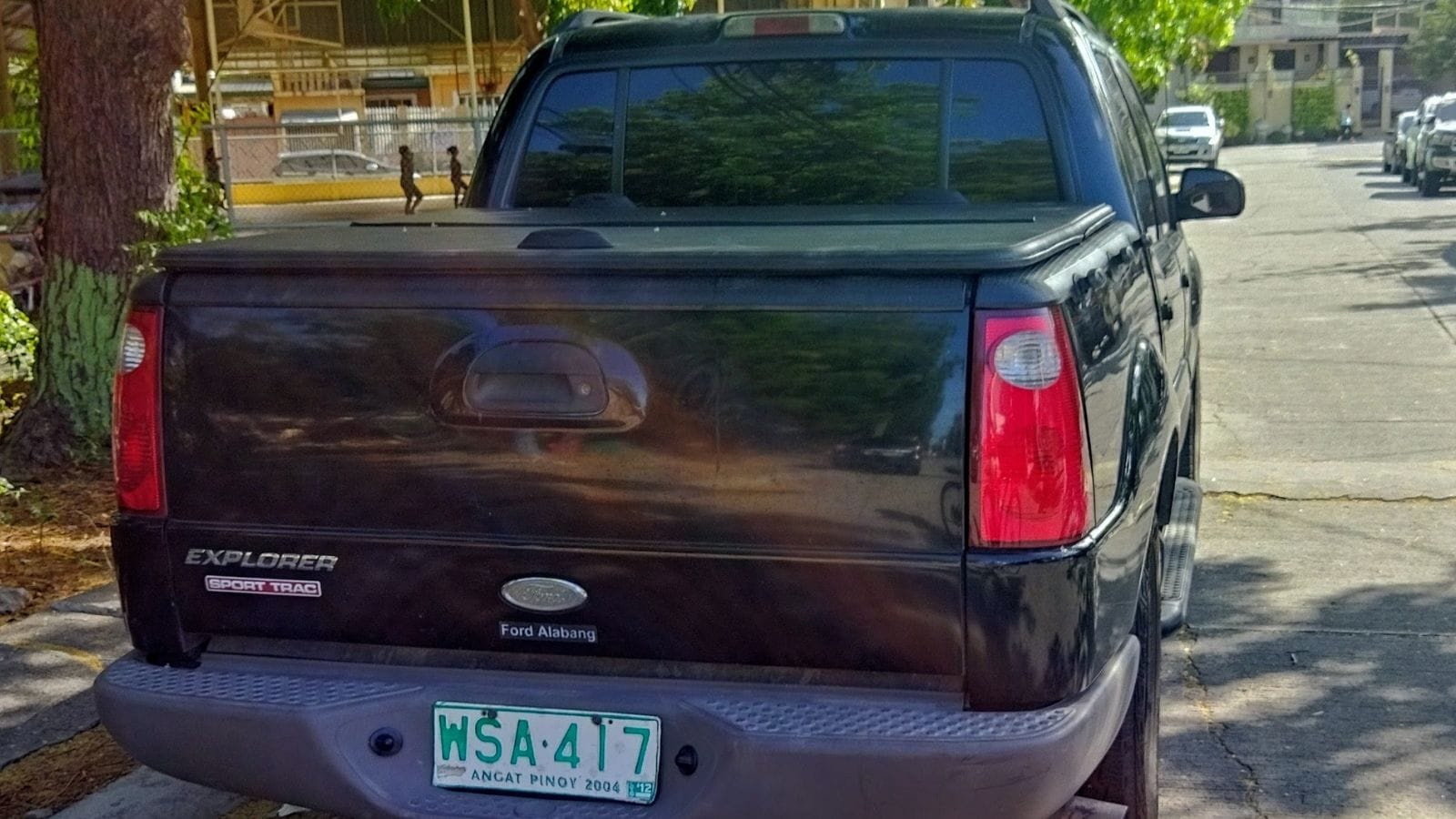
The Sport Trac was an experiment that combined the Explorer SUV with a small truck bed. In theory it offered the best of both worlds, but in reality it was compromised on both sides. Canadians who tried to use them like real trucks found their suspensions wore out fast, their frames rusted, and their transmissions struggled with even moderate towing. The novelty wore off quickly, leaving many owners wishing they’d gone for a proper pickup.
GMC Canyon (2004–2012)
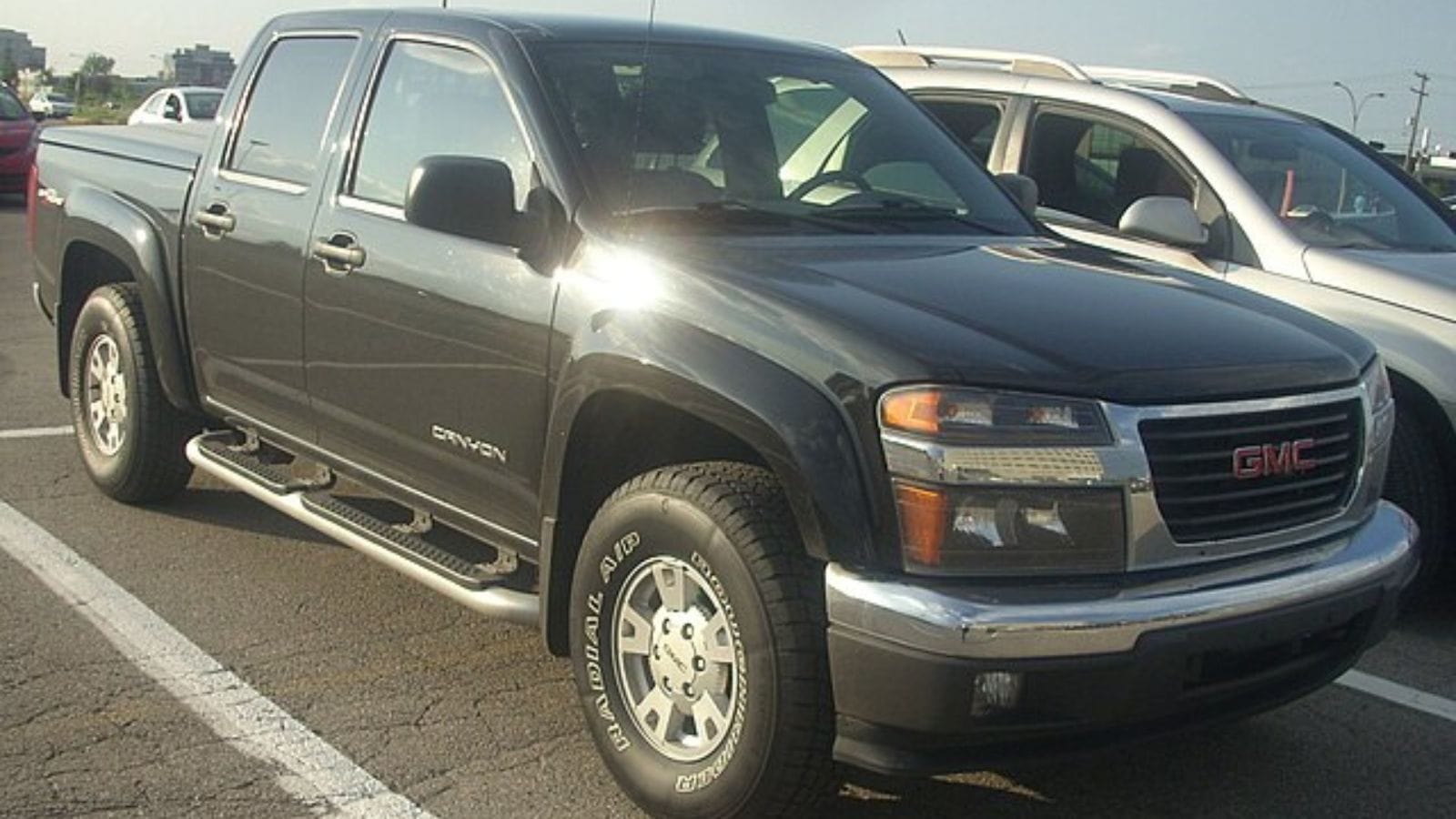
The first-generation GMC Canyon was supposed to give buyers a reliable midsize truck, but instead it became a headache. Weak four- and five-cylinder engines were underpowered and failure-prone, while the inline-five in particular had head issues. Add in poor corrosion resistance and flaky electrical systems, and it was a recipe for frustration in Canadian conditions. Many didn’t make it past 10 years before rust and repairs outpaced their value.
Dodge Dakota (1997–2004)
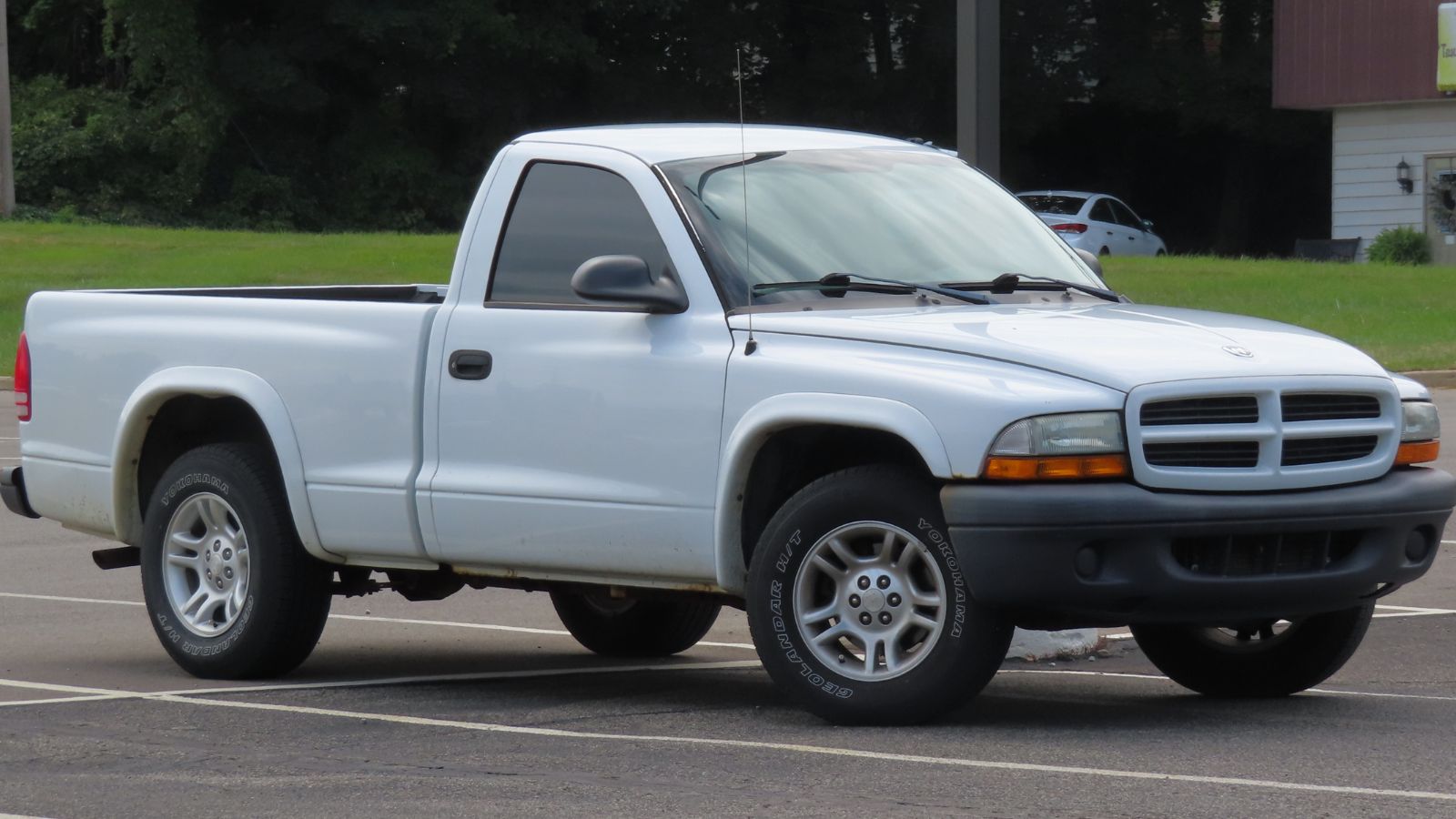
The Dakota promised something unique — a “right-sized” truck between a Ranger and an F-150. But poor reliability and rapid rust made it one of Dodge’s weaker offerings. Canadians who bought them often saw ball joints, transmissions, and bodywork fail far too early. While the idea of a midsize Dodge truck was great, execution was poor, and the Dakota never built a reputation for lasting.
Ford F-150 (2004–2008, 5.4 Triton V8)
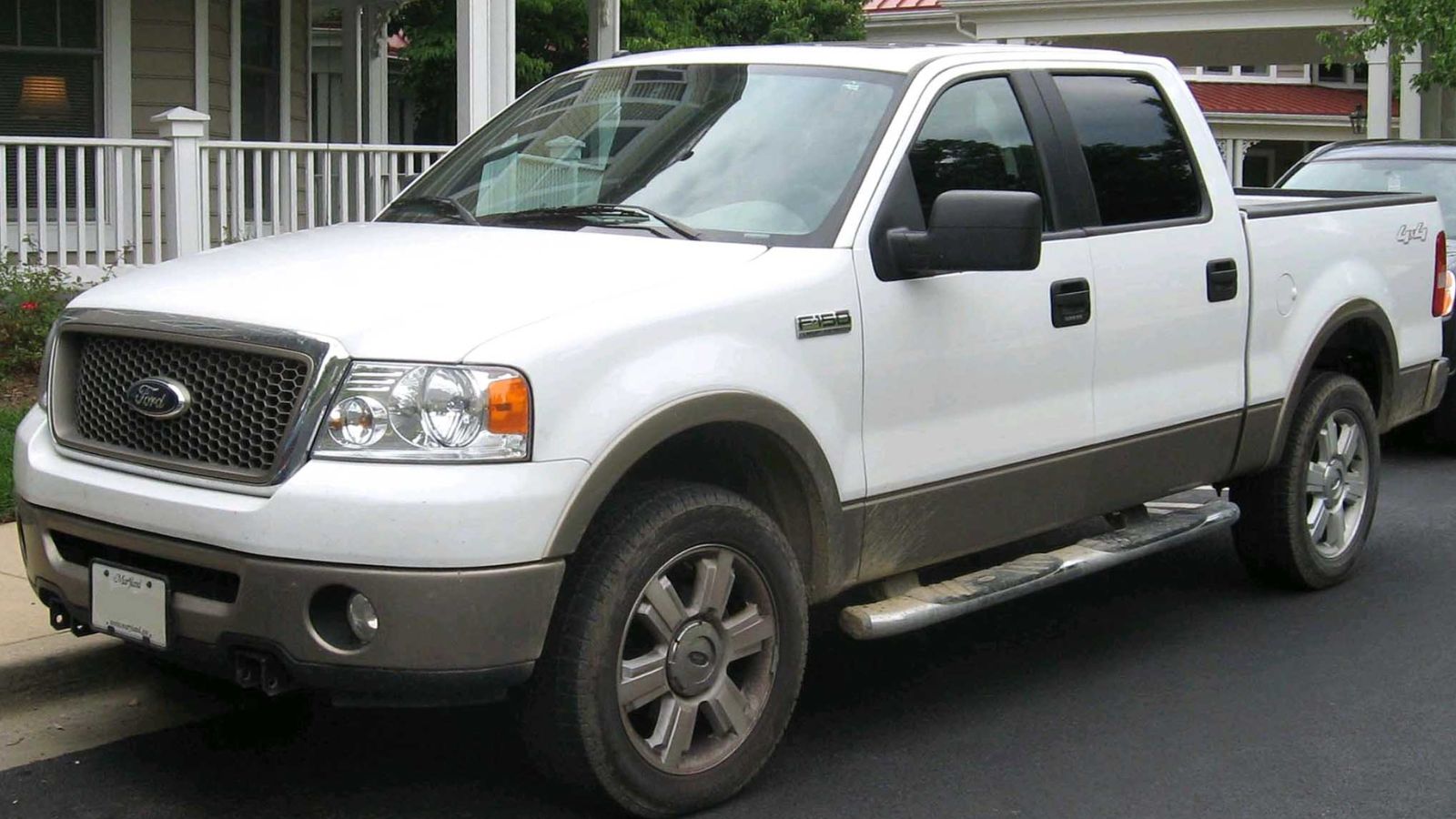
Not every F-150 is a winner, and the mid-2000s models with the 5.4 Triton V8 are infamous. Spark plugs that seized or snapped in the heads, noisy cam phasers, and timing chain issues made repairs nightmarishly expensive. Canadians who bought these for work trucks quickly learned they were more trouble than they were worth. They may still be seen on the road, but too many ended up parked at shops waiting for costly repairs.
Chevrolet Silverado 1500 (1999–2006 GMT800)
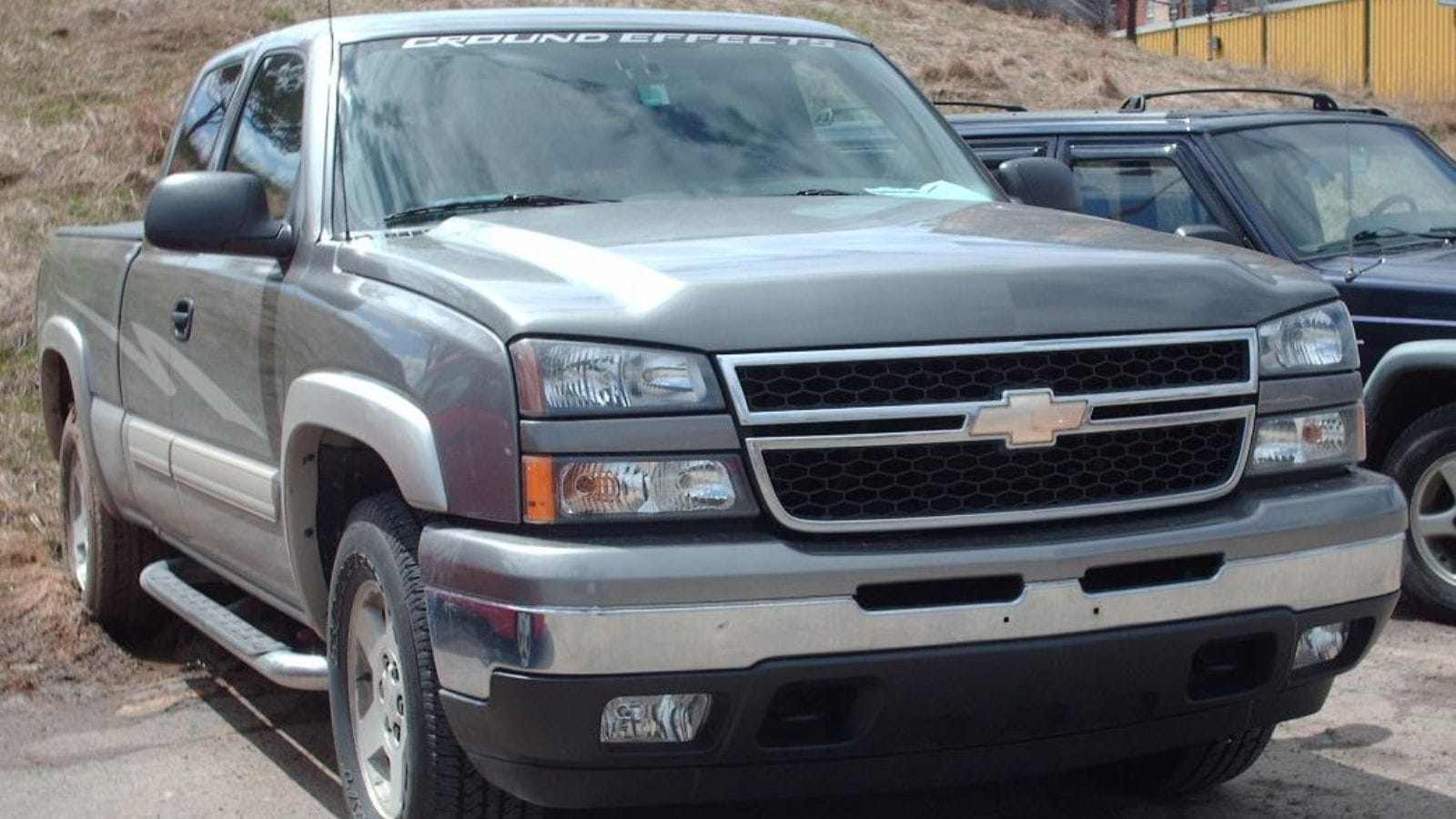
On paper, the early 2000s Silverado was strong, but in practice, Canadian winters ate them alive. Frames and rocker panels dissolved quickly in salted climates, and weak front suspensions didn’t help longevity. While the engines themselves weren’t bad, many trucks simply fell apart around them. Plenty of Canadians still see them parked in rural driveways — often sitting unused because the cost of saving the body outweighs the value of the truck.
Nissan Titan (2004–2008)
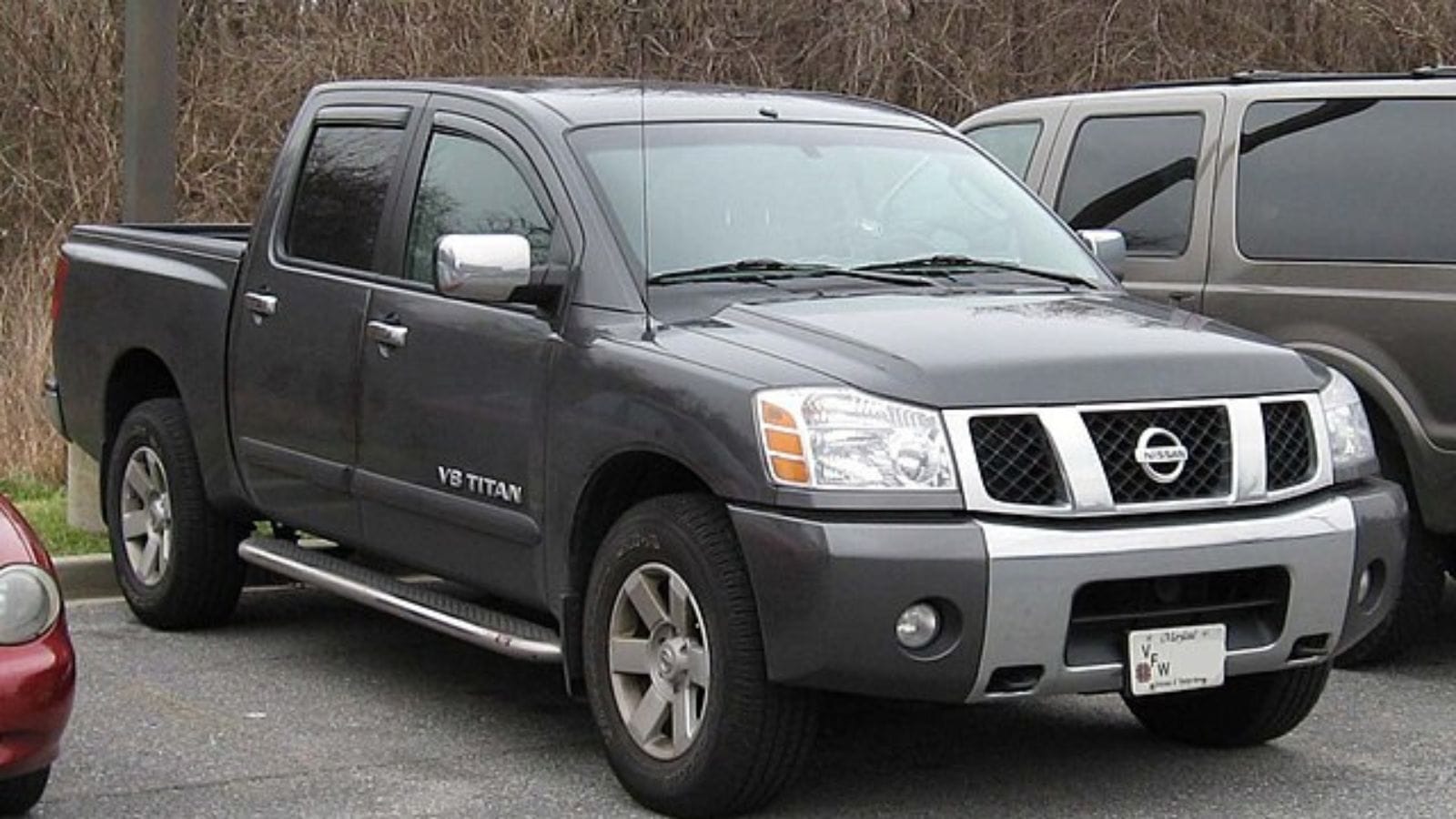
Nissan’s first attempt at a full-size pickup was bold, but it came with teething issues. Axle failures, poor fuel economy, and weak transmissions left a bad taste for Canadian buyers. The Titan struggled to compete against the Big Three, and with problems showing up well before 200,000 kilometers, many owners ditched them. They remain one of the least popular full-size trucks on the used market in Canada.
Toyota T100 (1993–1998)
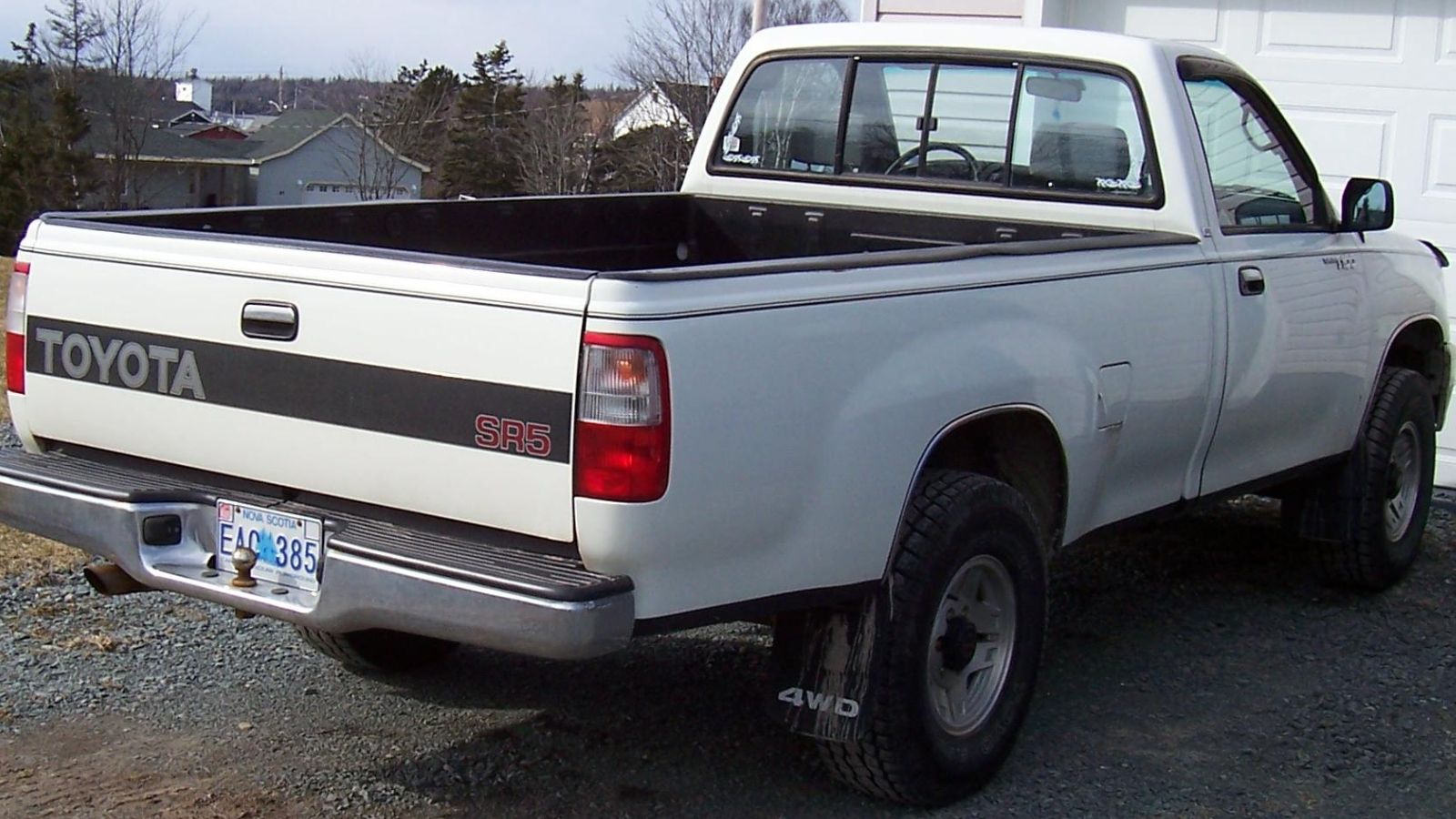
Before the Tundra, Toyota tried to woo North American truck buyers with the T100. While reliable by Toyota standards, it wasn’t built for heavy use, and its frames were prone to rusting away in Canadian winters. Its smaller size compared to domestic full-sizers also made it less appealing for real work. It survives as an oddball collectible, but most owners found it underwhelming.
Dodge Ram 2500/3500 Gas Models (1999–2003)
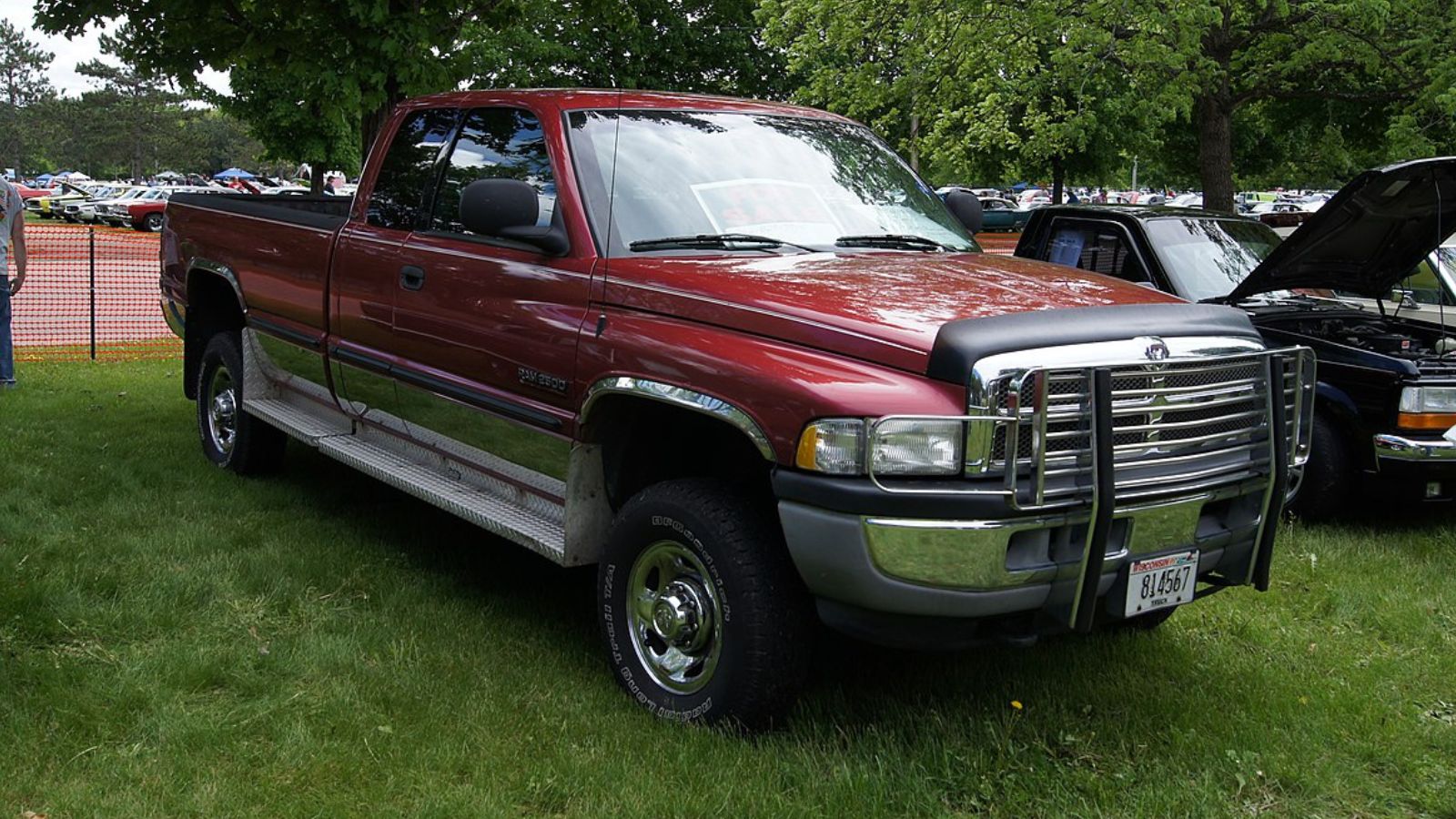
While Cummins diesel-powered Rams of this era are legendary, the gas versions were a letdown. Poor transmissions, weak mileage, and corrosion issues made them problematic. Canadian owners who thought they were saving money by avoiding the diesel often regretted it once repairs started stacking up.
Chevrolet Avalanche (2002–2006)

The Avalanche was innovative with its folding midgate and SUV-like comfort, but quality issues plagued it. Rust attacked the body panels, plastic cladding faded and cracked, and electrical gremlins were common. In Canada, where durability matters more than flashy design, many Avalanches didn’t stand the test of time.
Trucks That Go On Forever: Toyota Tacoma (1995–2015)
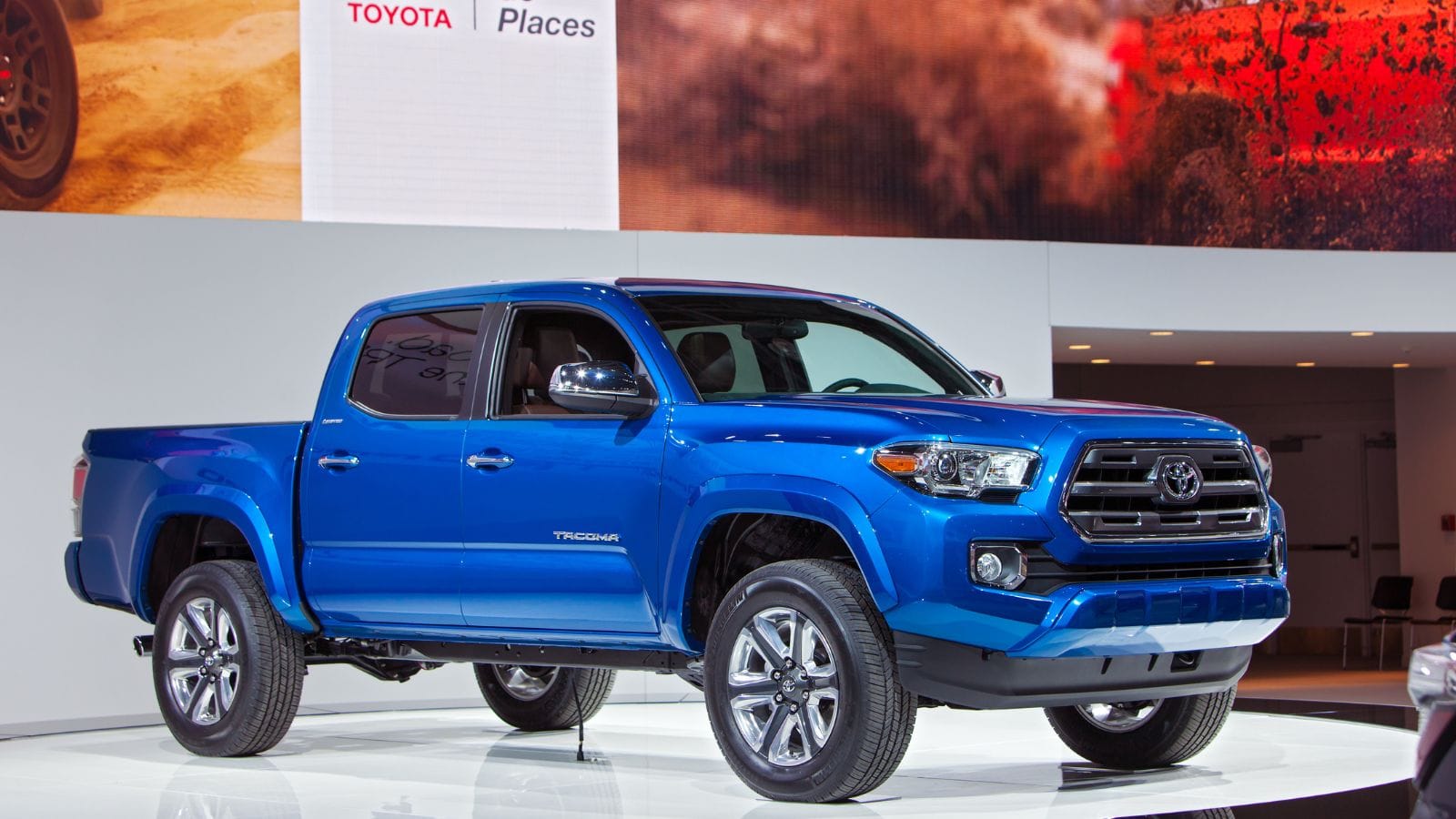
Few trucks have reputations as bulletproof as the Tacoma. Even with Toyota’s infamous frame rust recall, Canadian Tacomas are still prized for their ability to soldier on past 400,000 kilometers. Farmers, hunters, and outdoor enthusiasts love them for their size, dependability, and easy-to-fix nature. Used Tacomas fetch eye-watering prices, proof of just how well they’re regarded.
Ford F-150 (2009–2014, 5.0 Coyote V8)
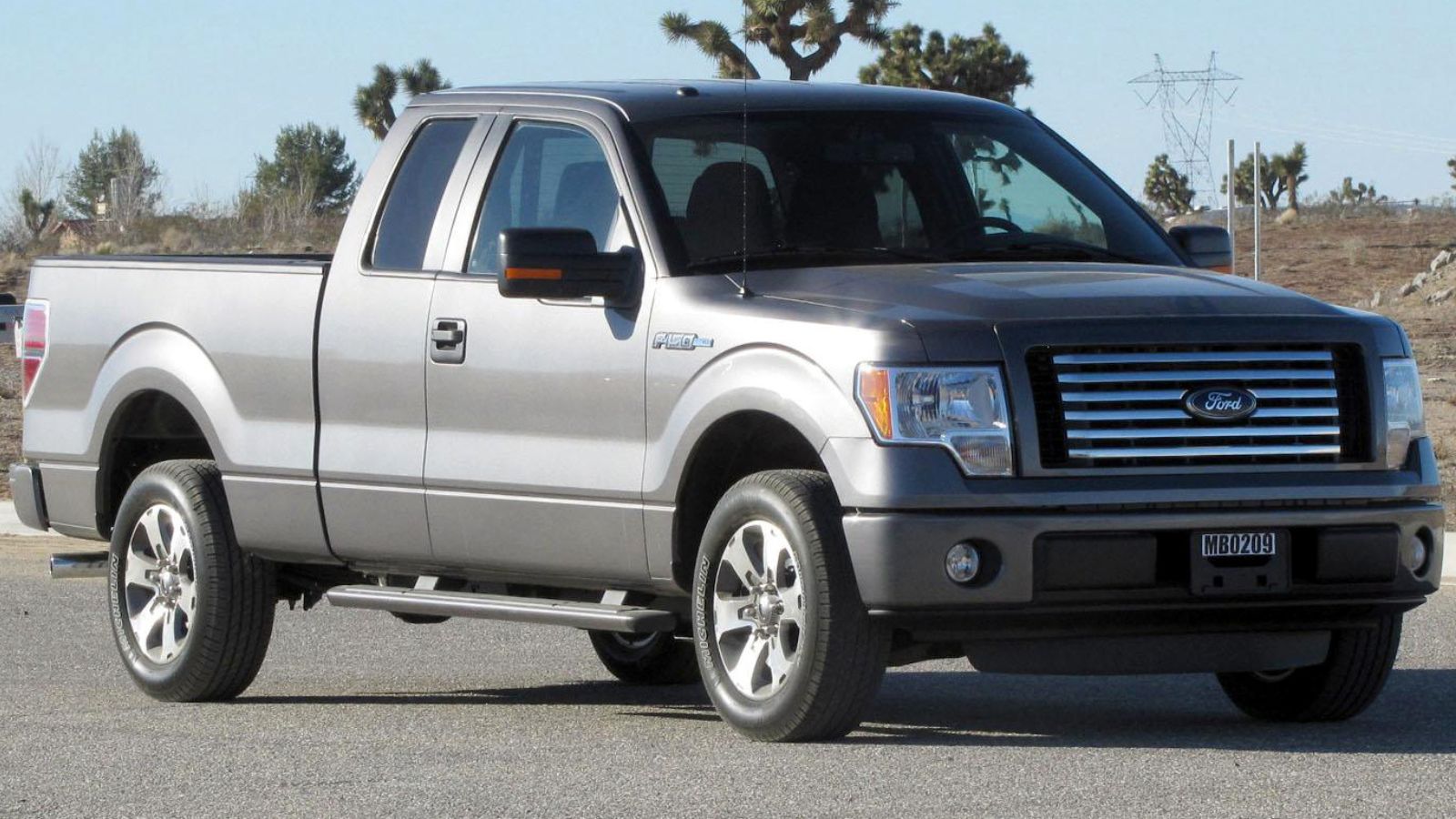
After the missteps of the 5.4 Triton, Ford redeemed itself with the Coyote-powered F-150. This generation proved tough, dependable, and smooth. Many Canadians have run these past 300,000 kilometers with only basic servicing. It’s not just a good truck; it’s one of the best long-term bets in Ford’s history.
Chevrolet Silverado 2500HD/3500HD Duramax (2001–2010)
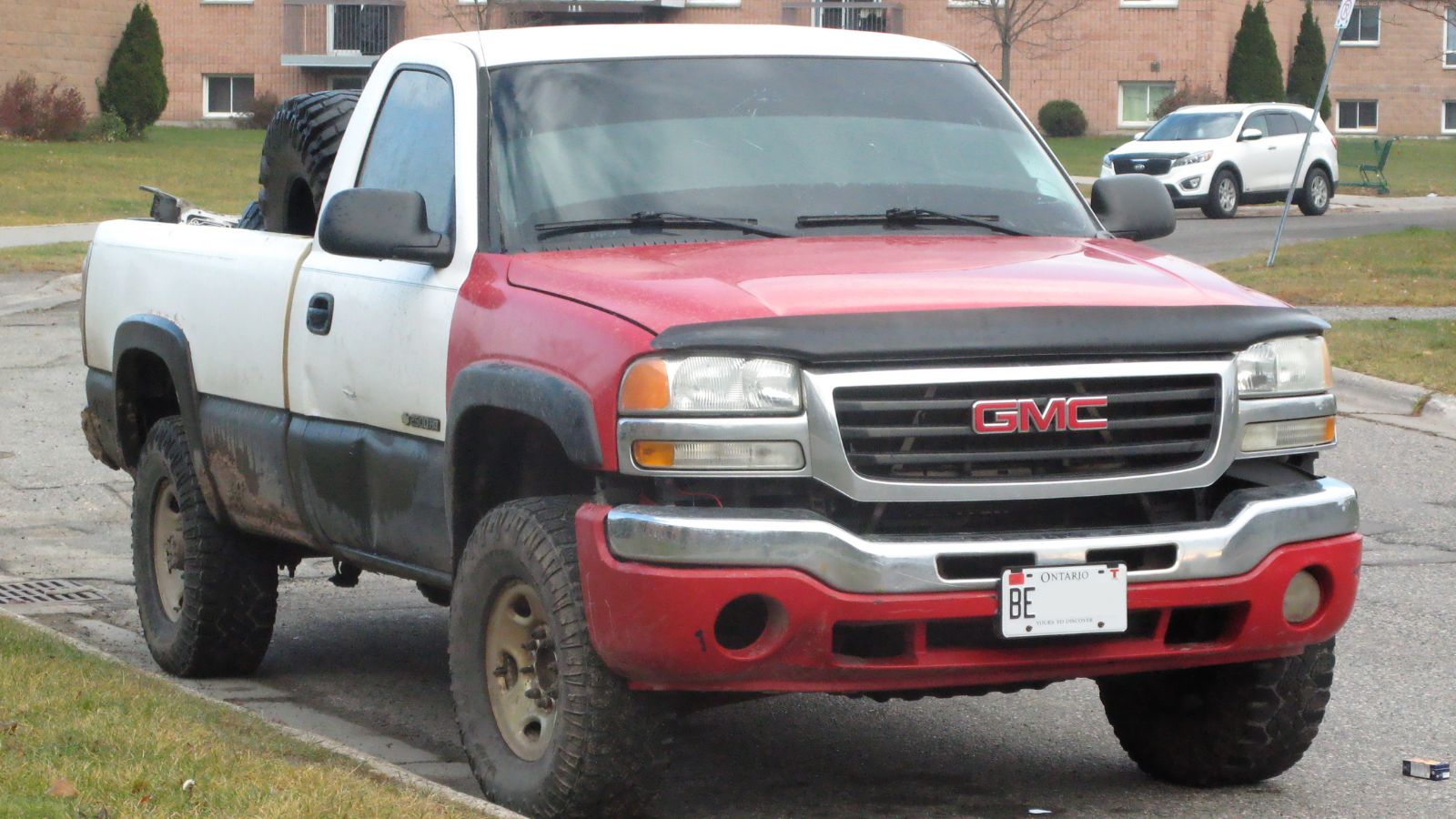
Pairing the 6.6-liter Duramax diesel with the Allison transmission was a masterstroke. These trucks became legends among Canadian contractors and farmers. They towed massive loads, hauled daily, and still went hundreds of thousands of kilometers without major drama. Even today, clean examples are highly sought after.
Dodge Ram 2500/3500 Cummins Diesel (1994–2007)
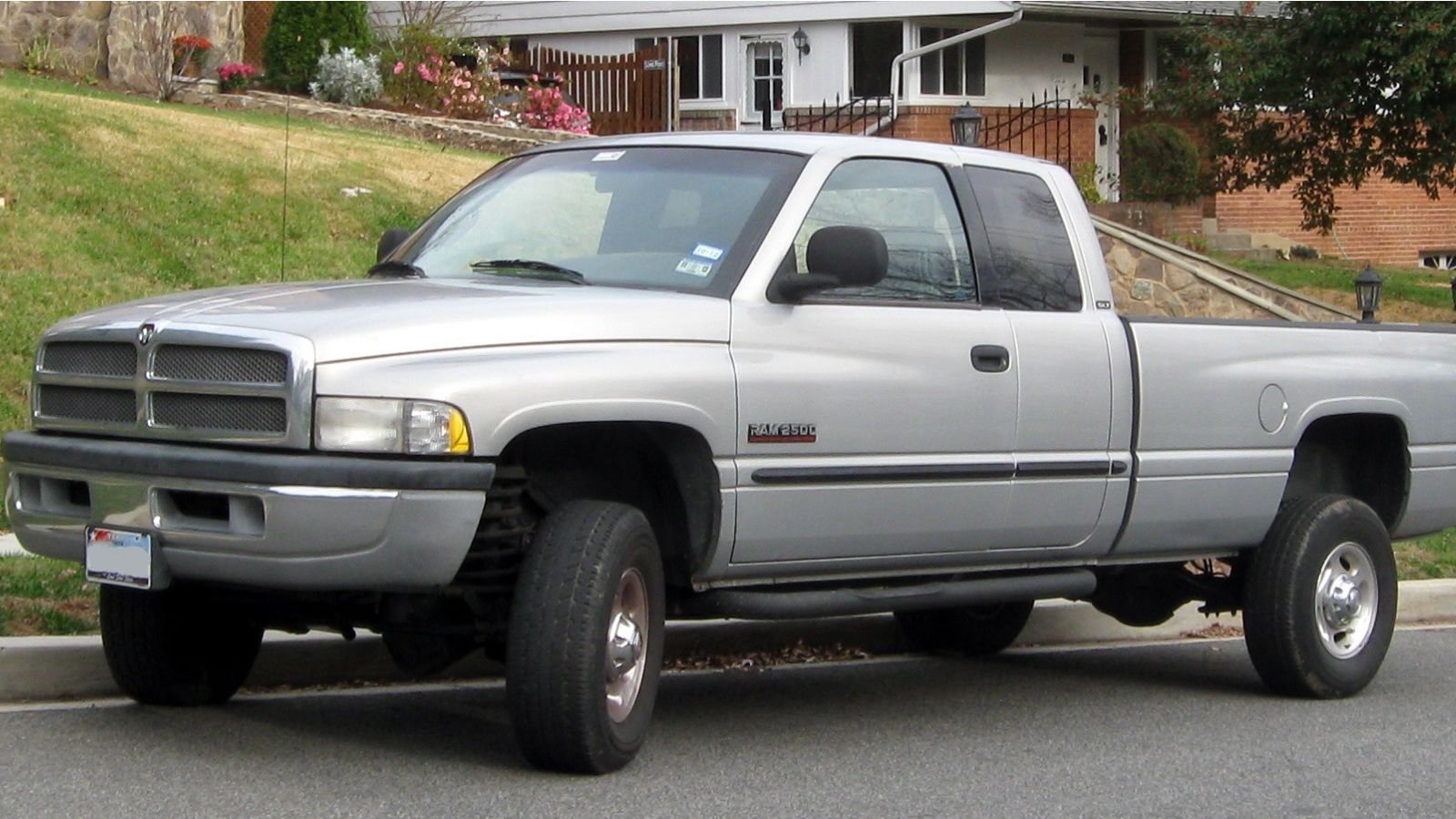
The Cummins inline-six diesel is practically unkillable. Even when the truck bodies around them dissolve in Canadian winters, the engines keep humming. These trucks are a favorite among enthusiasts who rebuild or restore them because the heart of the vehicle — the Cummins — will easily pass half a million kilometers.
Honda Ridgeline (2006–2014 first generation)
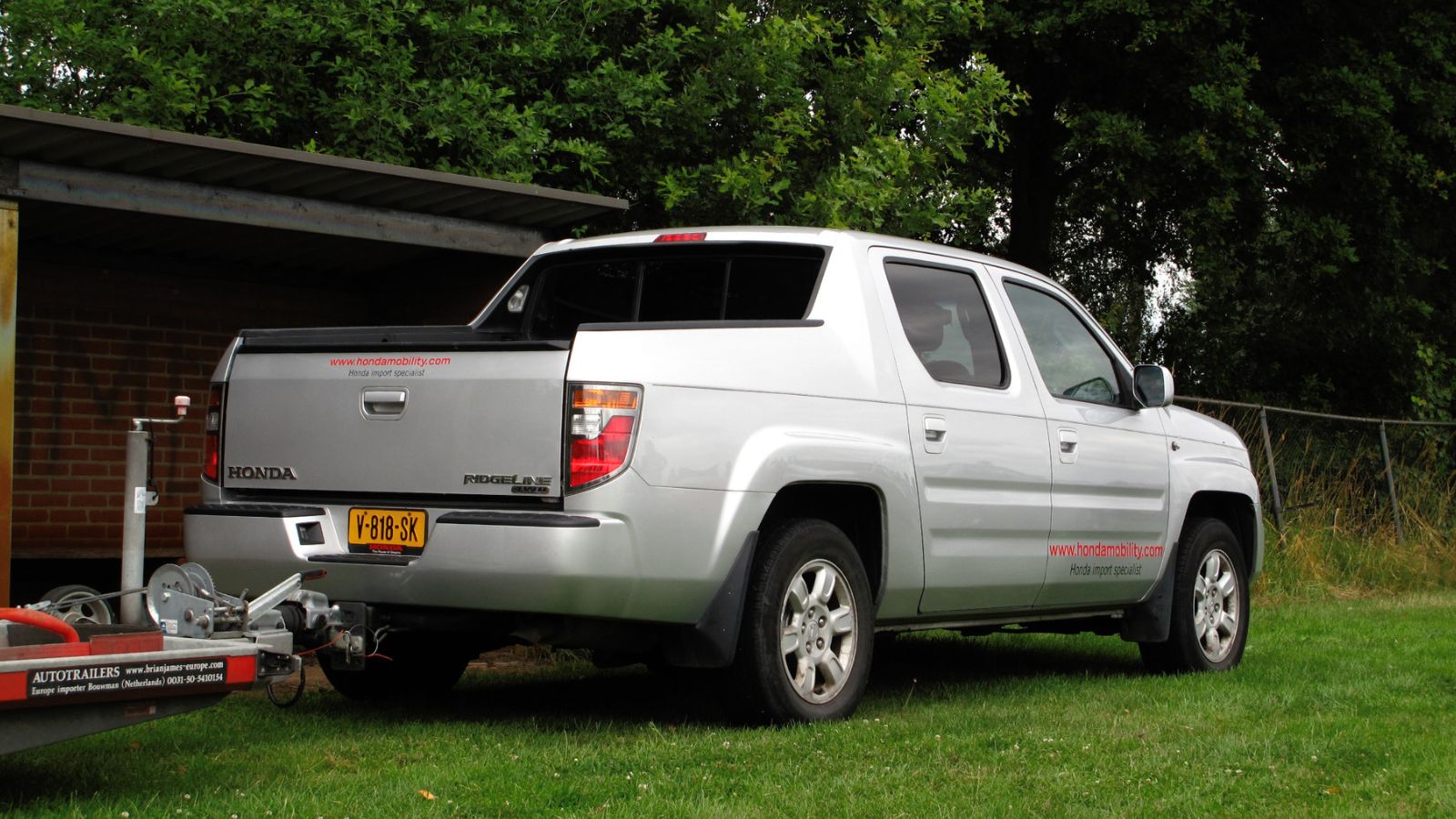
The Ridgeline may not be a traditional pickup, but Canadian owners swear by its reliability. Its unibody design means less towing power, but for light truck duties, it is unmatched in dependability. Many first-gen Ridgelines are still on the road today with high mileage and minimal repairs, proving Honda’s reputation for longevity applies even to trucks.
Toyota Tundra (2007–2013, 5.7 V8)
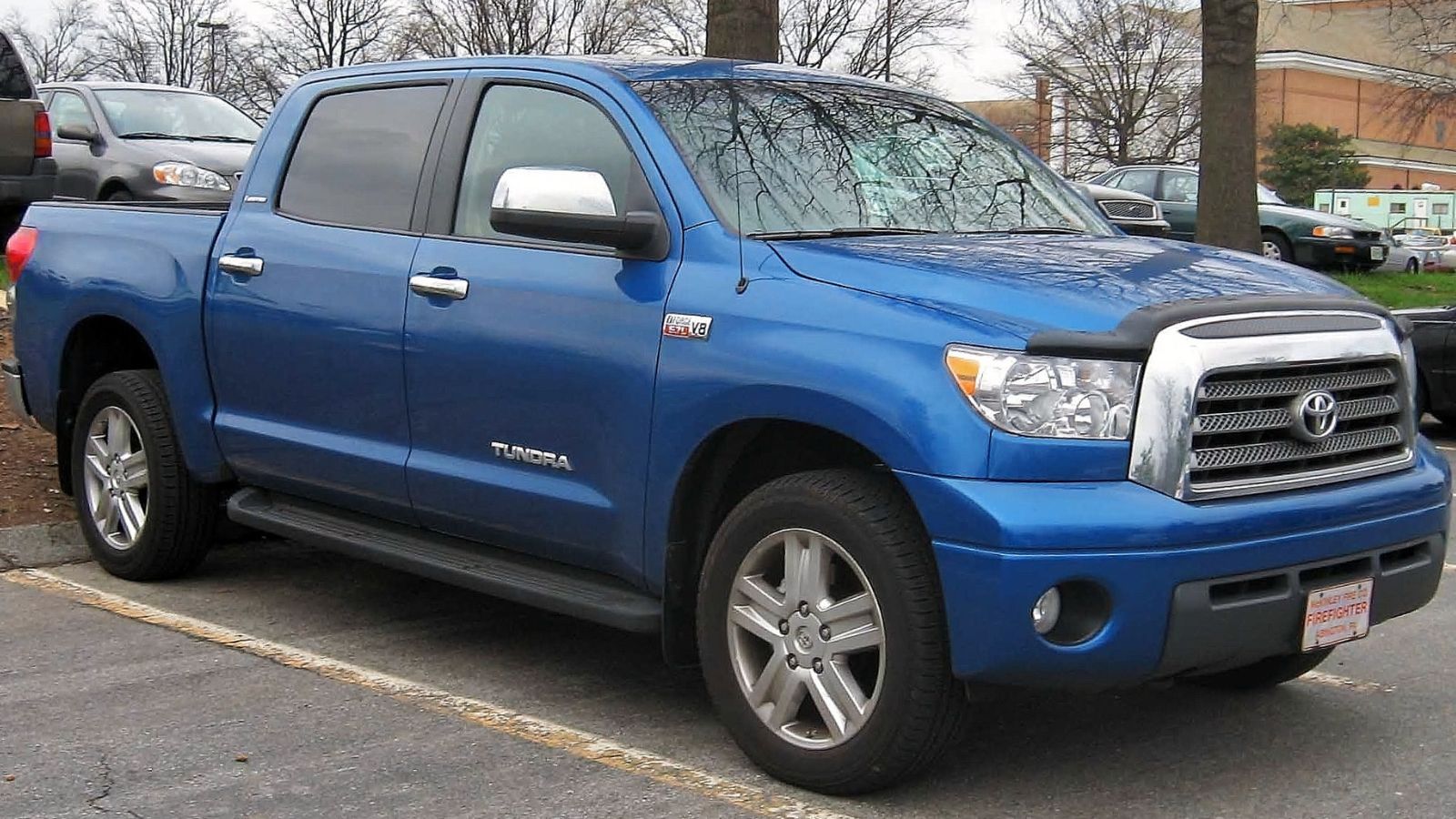
Overbuilt and under-stressed, the second-generation Tundra with its 5.7-liter V8 is as tough as they come. Canadians who own them rave about their ability to tow, haul, and survive brutal winters without complaint. They may be thirsty at the pumps, but their mechanical reliability more than makes up for it.
Ford Ranger (1993–2011)
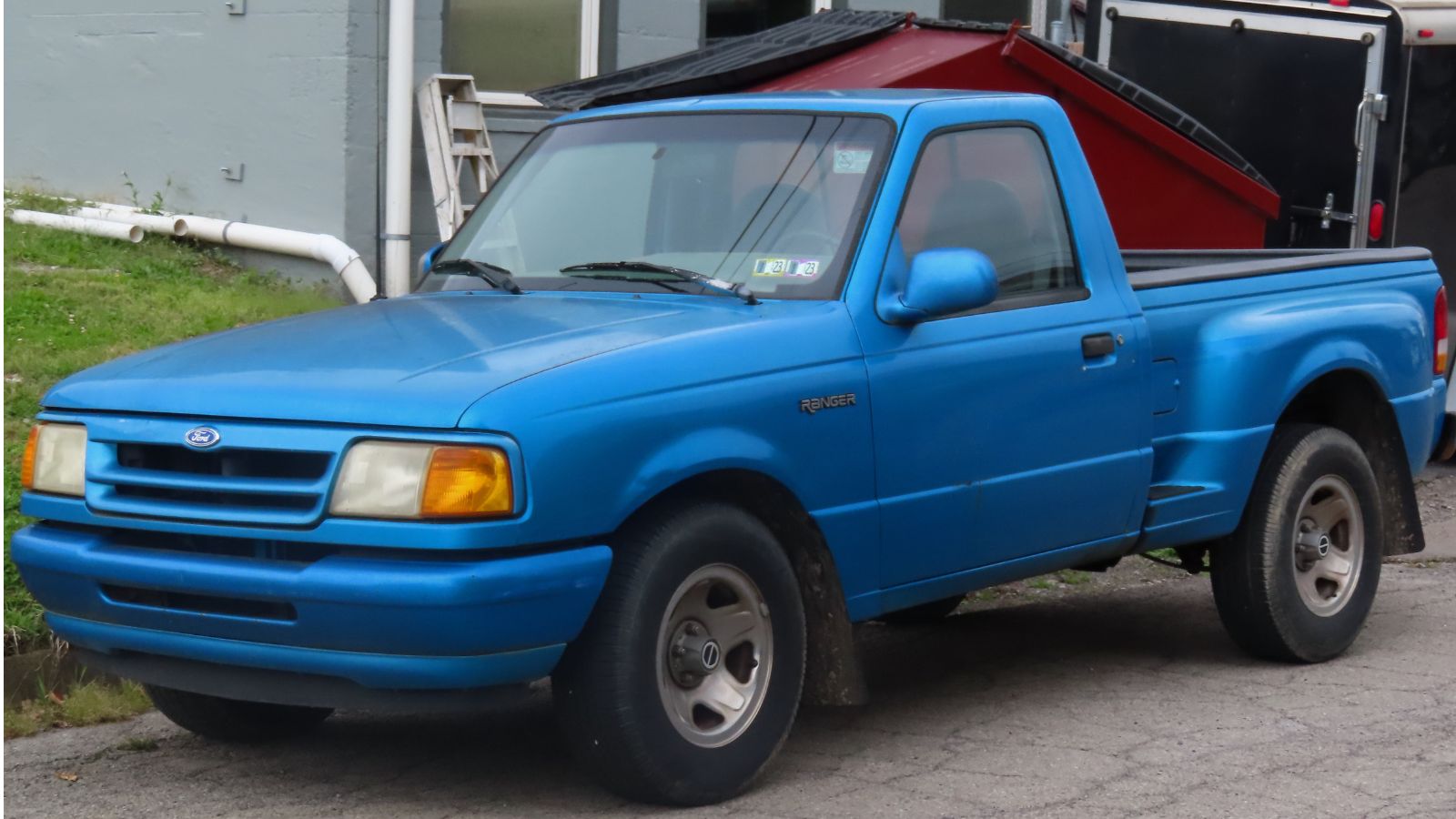
Simple, tough, and endlessly practical, the Ranger became a Canadian classic. For decades, it was the choice of rural drivers, tradesmen, and teenagers alike. Many Rangers are still found with half a million kilometers on the clock, still chugging along thanks to basic design and easy-to-source parts.
GMC Sierra 2500HD (2011–2014)
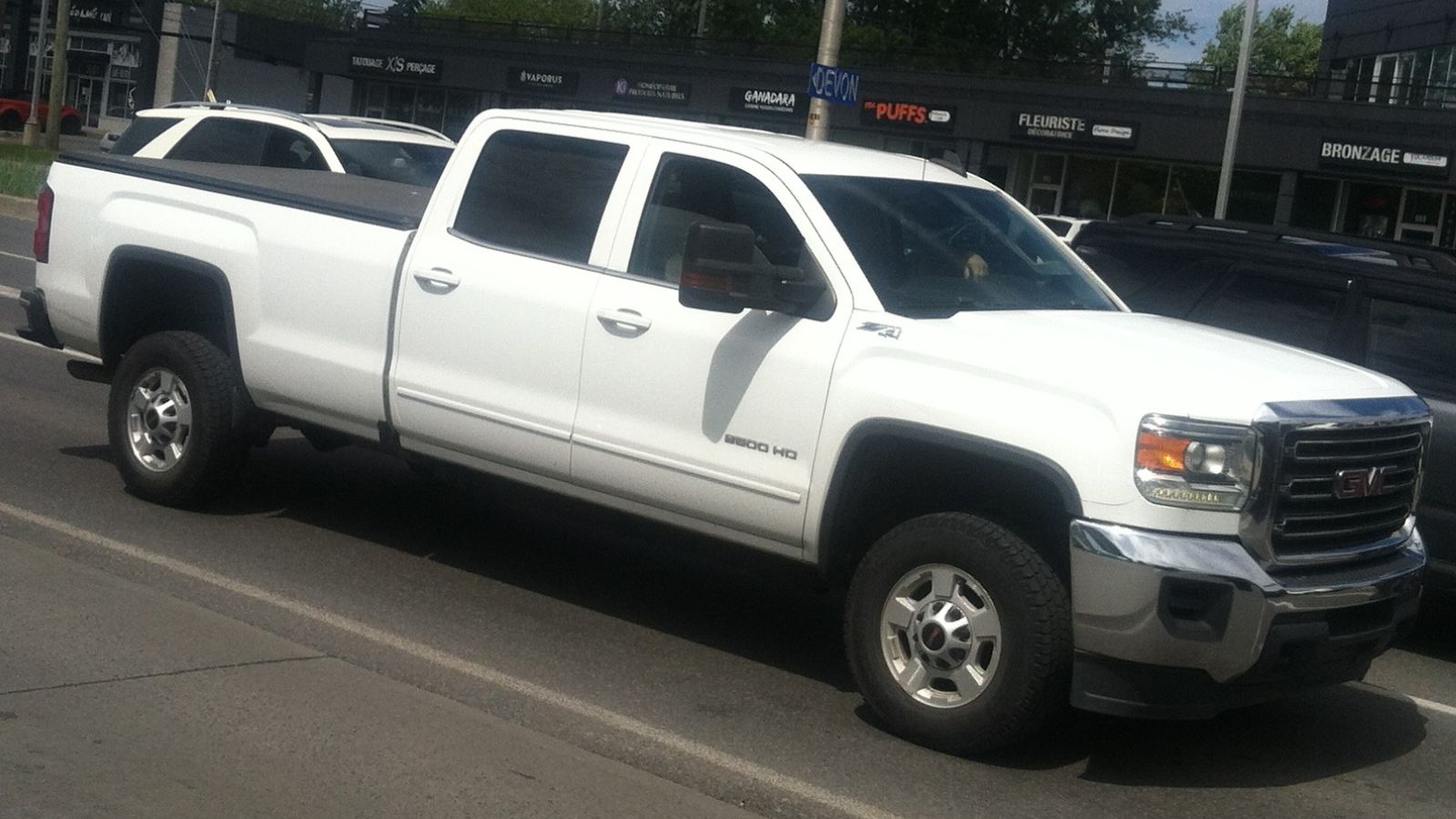
These Duramax-powered Sierras cemented GM’s reputation for heavy-duty dependability. Contractors and farmers across Canada still rely on them today, proving their worth through years of abuse. With strong drivetrains and improved rust resistance, they remain a smart used buy.
Nissan Frontier (2005–2021)
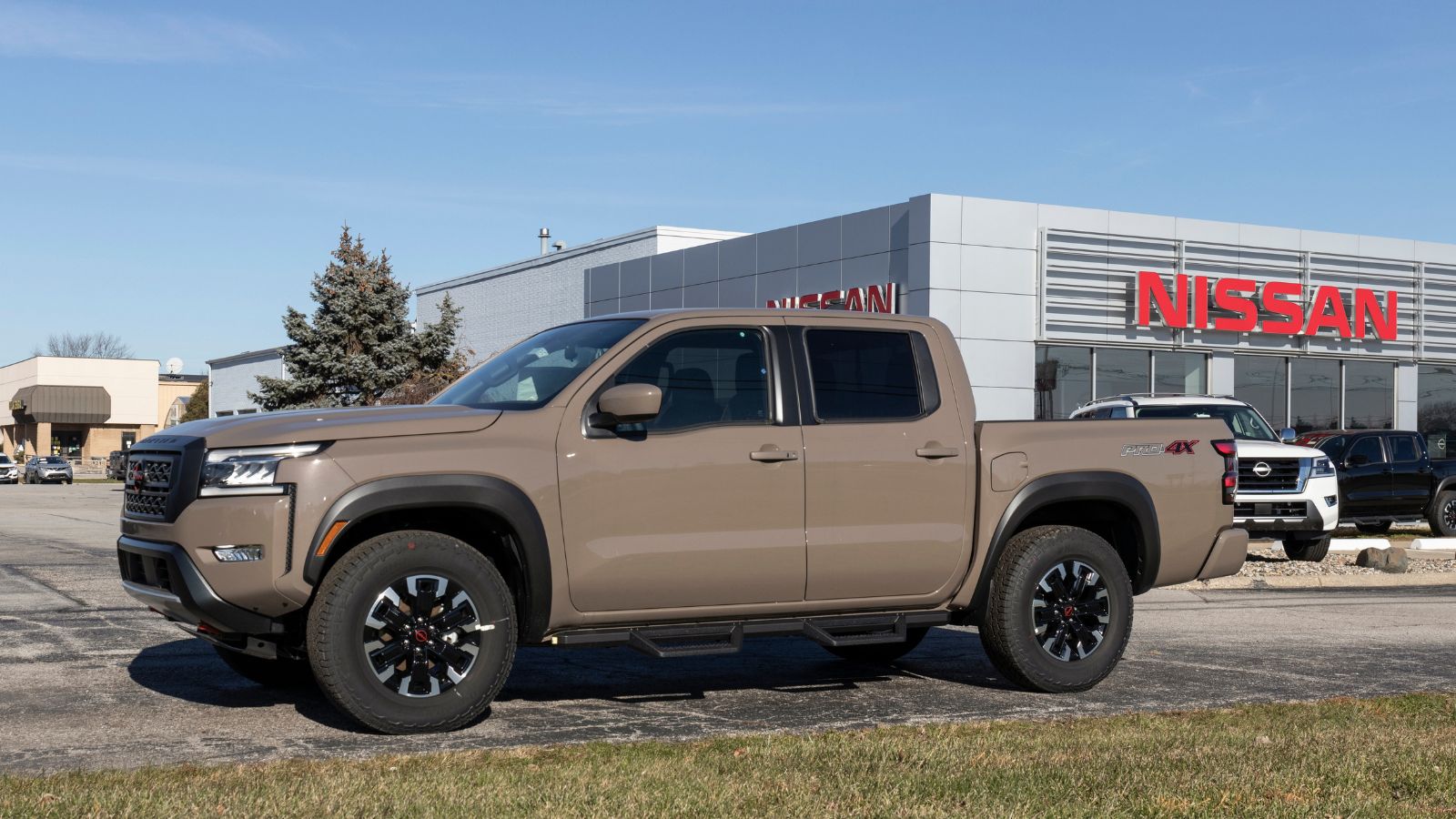
The Frontier never made headlines, but its reliability won quiet loyalty. With a stout VQ-series V6 and simple construction, Frontiers routinely pass 300,000 kilometers in Canada without drama. For buyers who want midsize dependability without paying Tacoma money, the Frontier is a hidden gem.
Chevrolet Silverado/GMC Sierra (2014–2018, 5.3 EcoTec V8)
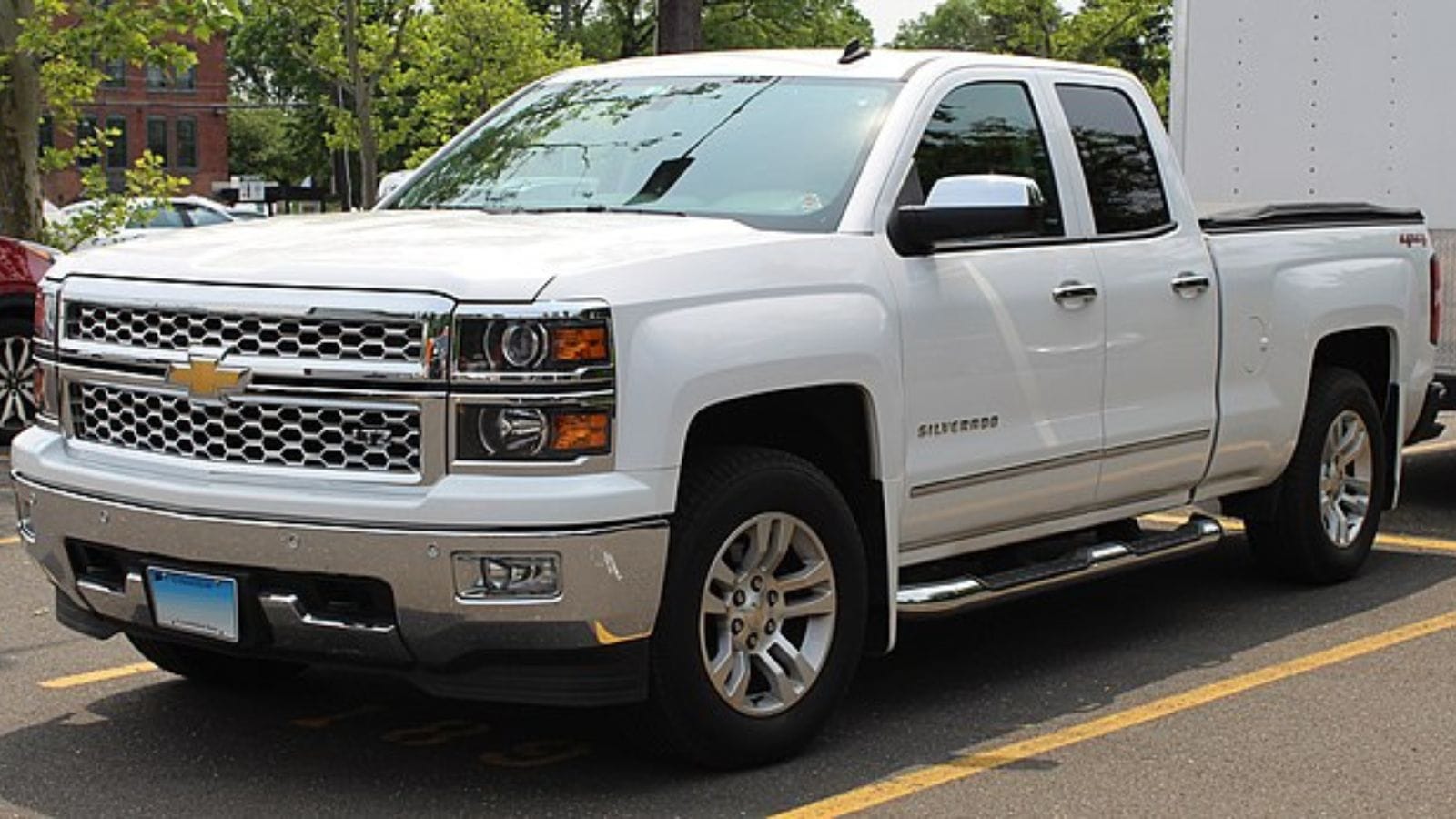
GM’s trucks from this generation hit a sweet spot. The 5.3-liter EcoTec engines are long-lasting, the interiors are much improved, and rust resistance was finally addressed. Many Canadians run these hard as work trucks and family haulers, with few major complaints.
Why These Trucks Matter in Canada
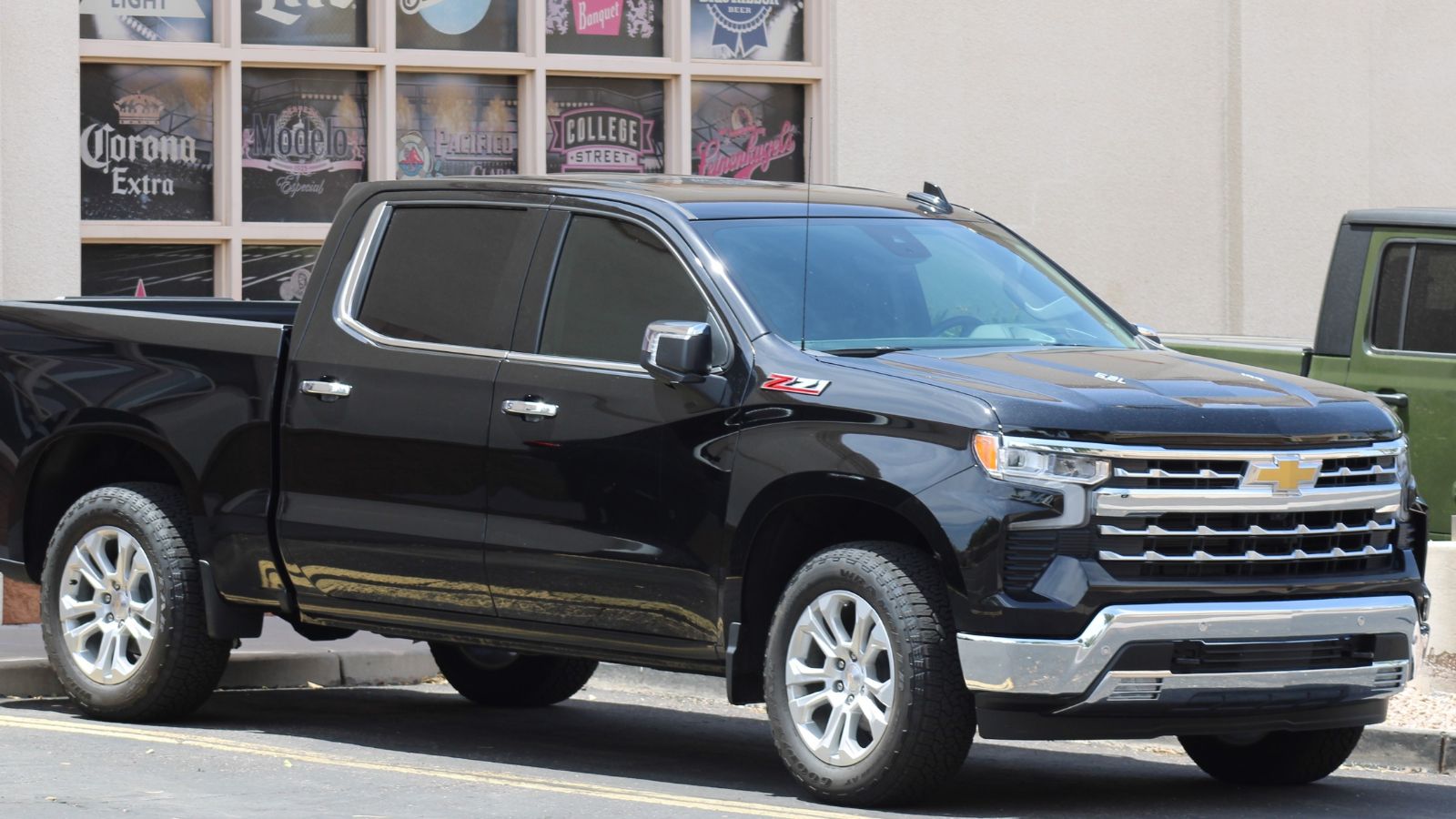
Canadian truck owners are tough on their vehicles. Snow, road salt, potholes, and heavy towing duties expose weaknesses quickly. Trucks that fall apart may look good on the lot but reveal themselves as money pits after a few years of hard use. On the other hand, the ones that last become beloved, often passed down through families or sold for strong resale values. For Canadians choosing a truck, the difference between one that collapses and one that runs forever isn’t just about pride of ownership it can save tens of thousands of dollars over a lifetime.
25 Facts About Car Loans That Most Drivers Don’t Realize

Car loans are one of the most common ways people fund car purchases. Like any other kind of loan, car loans can have certain features that can be regarded as an advantage or a disadvantage to the borrower. Understanding all essential facts about car loans and how they work to ensure that you get the best deal for your financial situation is essential. Here are 25 shocking facts about car loans that most drivers don’t realize:
25 Facts About Car Loans That Most Drivers Don’t Realize
